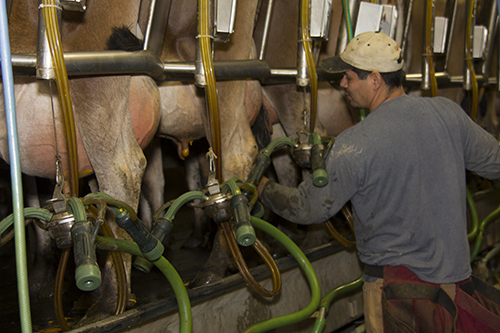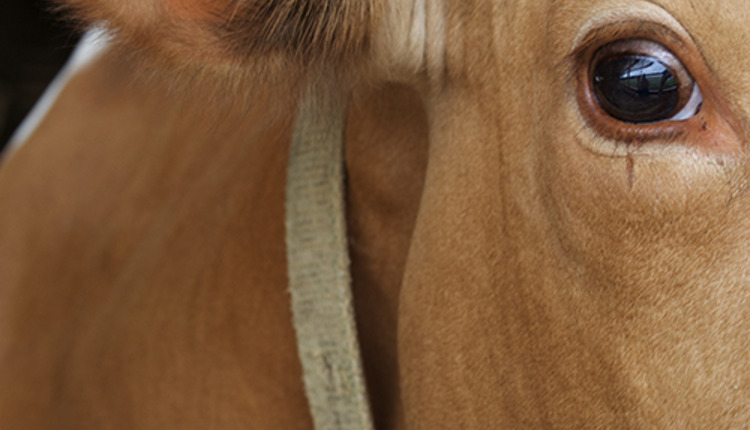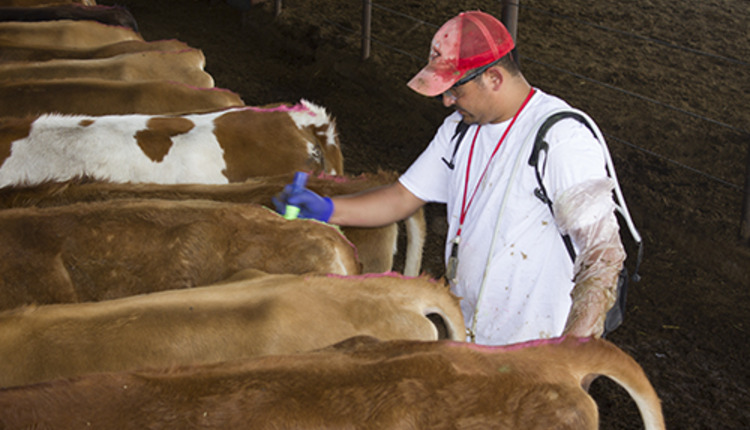
"The milk quality picture in the Southeast is not a pretty one," noted Steve Oliver, University of Tennessee, at the third annual Southeast Quality Milk Initiative meeting.
"Yet, producing high-quality milk in the Southeast is feasible. Somatic cell count has dropped from an average of 324,000 cells/mL in 2012 to 303,000 cells/mL as of last year," noted Gina Pighetti, University of Tennessee.
As part of the SQMI project, researchers conducted 283 on-farm assessments in four Southeastern states to identify strategies that must be employed as producers aim to improve their milk quality.
To reach the SCC levels (less than 220,000 cells/mL) of the great herds in the Southeast, Pighetti highlighted seven areas that deserve renewed focus:
1. Better manage heat stress: Dairies run into issues in summer. Nearly 40 percent of milk samples can pop up over 400,000 cells/mL. Attention must be given to ventilation, fan numbers and location, soakers and water access.
2. Access to resources: Services and resources are limited, especially in Kentucky, Mississippi and Tennessee. Vet services are available, but there are a limited number of dairy vets. Finally, for many dairies, training opportunities and interaction with service reps were limited and quality of information was often questioned.
3. Equipment knowledge and maintenance: The importance of equipment checks is not always recognized. Access to services is also limited for the aging Southeastern facilities and equipment. Many dairies also lack sufficient hot water for the wash cycle. In Tennessee, nearly half the farms visited didn't have a dump temperature of 120°F at the end of the wash cycle.
4. Labor management: Most milking labor received limited training, and there was little to no follow-up. With a dwindling labor force, some producers are afraid to criticize those in the parlor because some help is better than none.
5. Housing and parlor management: There is a cow comfort and milk quality disconnect. Overcrowding, holding pen management, and the grouping of fresh and hospital cows together also play into higher SCC counts. In this area, sweating the details is critical; these producers often have a much lower SCC.
6. Heifer and dry cow management: These animals need shade when on pasture or better ventilation when in a barn. Fly control is also critical to reducing the spread of heifer mastitis.
7. Mastitis: Mastitis is overtreated on many dairies, and producers aren't always aware of its true cost. Too much emphasis is placed on products as solutions rather than protocols. They're not sweating the prevention details.
(c) Hoard's Dairyman Intel 2015
November 9, 2015








